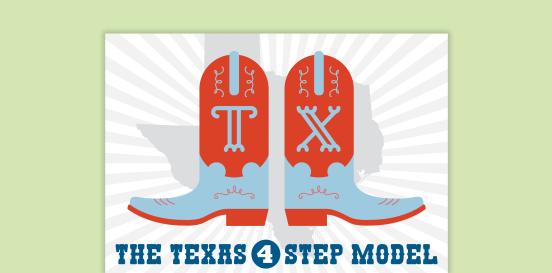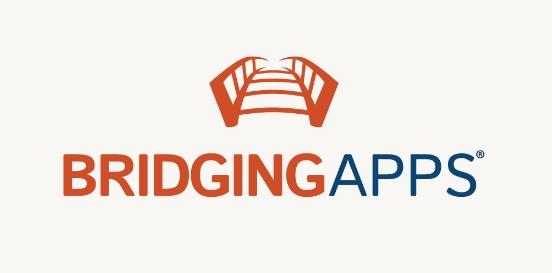Hook-and-Loop Fastener
A fastening system that is applied using adhesive or sewing to fasten two parts together. Hook-and-loop fasteners allow for the quick addition and removal of commonly used AT tools.
Considerations
Take the following considerations into account when selecting and implementing AT to ensure that the chosen tools are well-suited to the student’s needs, align with their goals, and seamlessly integrate into their educational journey. By embracing a collaborative approach and considering the specific skills, tasks, and implementation context, educators can provide students with the necessary support to thrive academically and functionally, promoting inclusivity and fostering their overall success.
Skills and Tasks What skills or tasks will the student utilize this tool for? What areas, functional or academic, does this tool support?
- Can be used alone or to support other assistive technology (AT) tools
- Attaching and detaching materials and items
Implementation Context In what activities, classes, or environments will the student utilize this tool?
Hook-and-loop fasteners can be a versatile and helpful tool for students with various needs. Hook-and-loop fasteners can be beneficial to students with sensory needs as it provides tactile stimulation and can aid in organization and focus. Here are some additional ways it could be used as assistive technology:
- Adaptive clothing: Some students may have difficulty with fine motor skills, making it challenging to manipulate buttons or zippers. Hook-and-loop fasteners can be used to fasten clothing, such as pants, shirts, or shoes, providing a simpler and more accessible way for students to dress themselves independently.
- Visual organization: Hook-and-loop fastener strips or dots can be used to create visual schedules or organizational systems. For students with autism or ADHD who benefit from visual cues and routines, attaching pictures or labels to hook-and-loop fastener strips can help them understand and follow daily tasks or classroom schedules.
- Securing items: Students with physical disabilities or limited mobility may struggle to grasp or manipulate objects. Hook-and-loop fastener straps or grips can be attached to pens, pencils, utensils, or other classroom tools, providing a more secure and ergonomic grip for easier use.
- Interactive learning materials: Hook-and-loop fasteners can be used to create interactive learning materials, such as tactile books or educational games. By attaching hook-and-loop fasteners to pieces that can be manipulated or moved around, students can engage with the material in a hands-on way, promoting sensory exploration and learning.
- Adapted furniture: Hook-and-loop fasteners can be used to secure adaptive seating cushions or back supports onto chairs or wheelchairs, providing additional comfort and stability for students with physical disabilities.
- Communication aids: For students with communication difficulties or non-verbal students, hook-and-loop fasteners can be used to create communication boards or picture exchange systems. By attaching picture symbols or words to hook-and-loop fastener strips, students can effectively communicate their needs, preferences, or thoughts.
- Fine motor skill development: Hook-and-loop fastener-based activities, such as peeling apart hook-and-loop fastener strips or attaching hook-and-loop fastener dots, can help students improve their fine motor skills and hand-eye coordination in a fun and engaging way.








